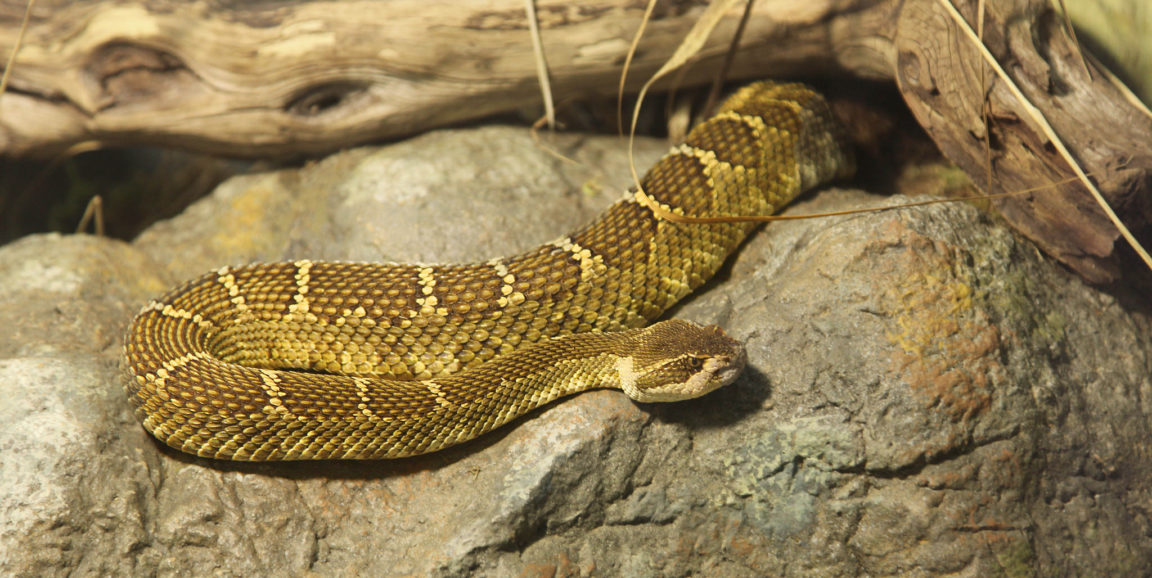When I heard about a new Stanford-led study linking a decrease in snakebites with drought, I was confused. I thought it was common knowledge that the opposite was true. Snakes come out of hiding to hunt during times of drought to look for food and water, right?
Just look at the old headlines. "Deadly Snakebites Set to Skyrocket During Record-breaking Drought," reads one from the Daily Mail. Another, "Snakes Cross Paths with Humans in Bay Area Due to Drought," was reported on ABC News in 2015.
Well, according to Grant Lipman, MD, a Stanford emergency medicine physician and extreme athlete, those headlines and a whole lot more like them are just wrong.
The idea for this research came to Lipman when he saw a rattlesnake while running through the hills behind the Stanford campus during a drought and wondered about the snake bite-drought connection.
To conduct the study, Lipman and a team of researchers collected and examined 20 years of snakebite data from every phone call made to the California Poison Control System from 1997 to 2017. A total of 5,365 snakebites were reported, all of them from rattlesnakes. Five deaths occurred over the 20 year period.
The study found that snakebite incidence decreased 10 percent following a drought but increased by 10 percent following high levels of precipitation. As I explain in our press release, the researchers then noticed something else:
'While we were writing this up, we were seeing all these catastrophic weather events around the world,' Lipman said. 'Massive droughts, powerful hurricanes and floods. We were seeing this global climate change, and we started looking at the recent worst California drought followed by the state's highest precipitation levels on record.'
Further research showed that the incidents of snakebites fell during two periods of extreme drought in California between 2002-05 and 2007-10. From 2015-16, the most severe drought on record in the state, the number of snakebites reached their nadir, the study said.
The results, including a possible link between climate change and the incidents of snakebites, were a surprise to Lipman. In our release, he stressed the importance of being prepared as weather events occur more frequently in the future:
'We can predict a big snakebite season because of prior wet winters and have antivenom in places where there are a lot of hikers or trail runners,' Lipman said. 'It's important information for people who work and play in California.'
Photo by Jitze Couperus




